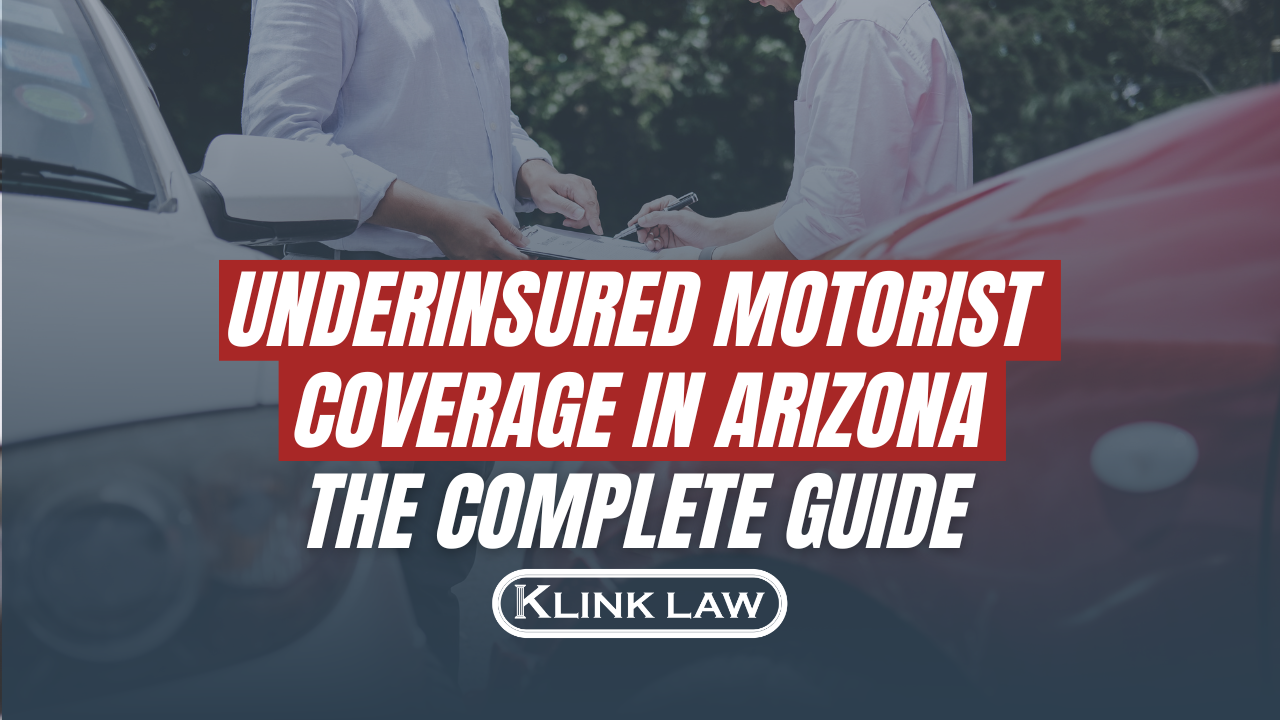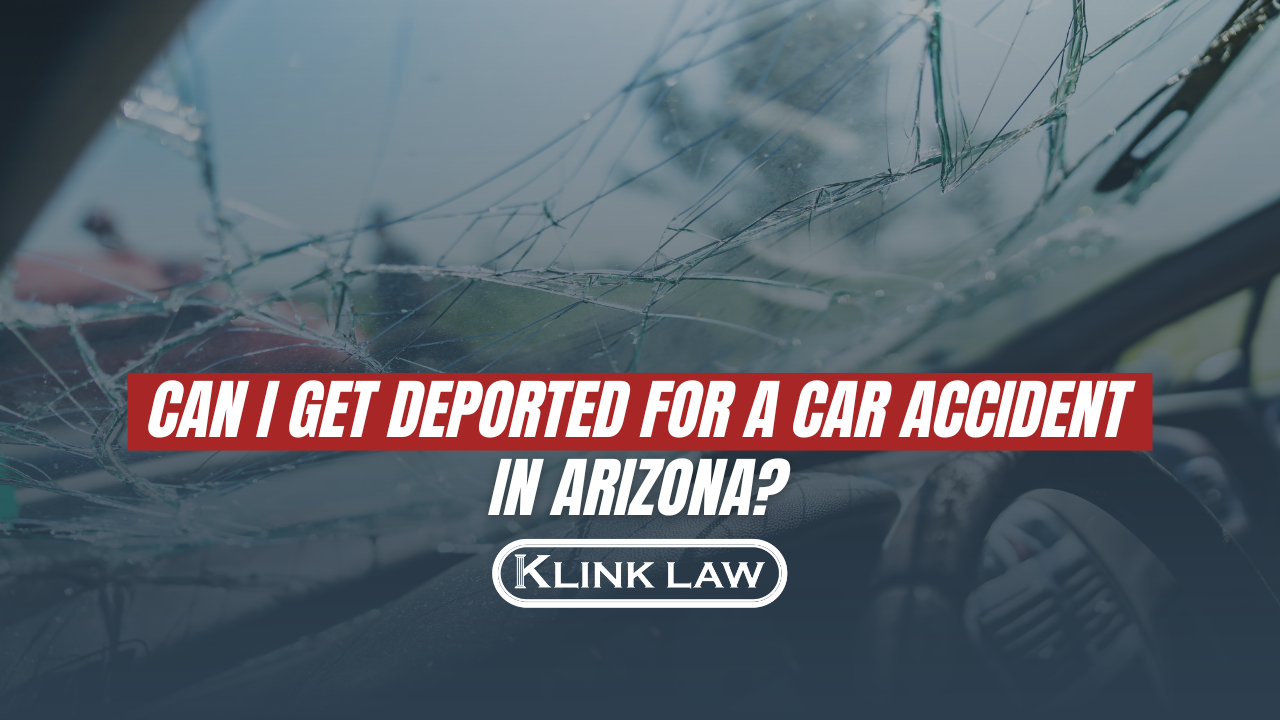
What Is Arizona’s “Move Over” Law?
Understanding Arizona’s Move Over Laws
Did you know that in Arizona, there is a “Move Over” law that requires drivers to either change lanes or slow down when passing an emergency vehicle, such as a police car, that is stopped on the side of the road? If you were unaware of this, you are certainly not alone. The “Move Over” law was implemented in response to the increased awareness of the dangers faced by both emergency vehicles and first responders when they are stopped at the scene of an accident or assisting a stranded motorist.
According to the law, it is also expected that drivers pull over to the far right and come to a stop when an emergency vehicle with flashing lights is approaching, waiting until it has passed. On a four-lane highway, drivers are expected to change lanes away from any stationary emergency vehicles and first responders whenever it is safe to do so. On a two-lane highway, drivers are expected to reduce their speed and proceed with caution, yielding the right-of-way when necessary.
Requirements Of Arizona’s Emergency Vehicle Laws
Arizona law, specifically A.R.S. § 28-775, includes provisions aimed at safeguarding the public while granting emergency vehicles an unobstructed right-of-way during emergency operations. Furthermore, these regulations ensure the protection of law enforcement officers, firefighters, paramedics, and other road crew workers from harm as they diligently carry out their duties on the roadway. Below are two common scenarios that the Arizona move over law addresses:
Pulling Over For Approaching Emergency Vehicles
When you spot or hear an approaching police car, ambulance, or any other emergency vehicle, it is imperative to take the following actions:
- Yield the right-of-way
- Get to the closest edge or curb away from an intersection as quickly as possible
- Stop in place and remain in place until the emergency vehicle passes.
These guidelines allow for some discretion. When uncertain, prioritize safety in your decision-making. For example, if you find yourself in the right lane, you can position your vehicle close to the right curb while remaining parallel to the roadway. In the left lane, you have the option to hug the left lane or median. If you’re in a middle lane, choose the most convenient and spacious route for maneuvering. Ideally, traffic will disperse, creating a clear path in the center lane for emergency vehicles.
Passing A Stopped Emergency Vehicle
When encountering an emergency vehicle, tow truck, or road crew vehicle stationary on the shoulder of an interstate or any other roadway, it is imperative to adhere to at least one of the following precautions:
- Change lanes – Whenever possible, it is advisable to change lanes in order to create a full lane of travel next to the emergency vehicle. For instance, if the emergency vehicle is on the right shoulder, you should move one lane to the left. Similarly, if the vehicle is on the left shoulder or median, you should move one lane to the right. This practice ensures the safety and smooth flow of traffic while providing ample space for emergency vehicles.
- Slow down – If it is unsafe or if changing lanes is not possible due to another vehicle obstructing your path, exercise caution, reduce your speed, and maintain a safe distance from other vehicles.
The Importance of Emergency Vehicle Laws in Arizona
When emergency services workers are required to pull over to the shoulder of the road to perform their duties, they find themselves in a vulnerable and perilous position. It is crucial for drivers passing by to exercise reasonable caution and abide by the law. Regrettably, many drivers fail to do so, resulting in serious or even fatal injuries for these dedicated professionals. According to Move Over Arizona, in our state:
- A tow truck driver is killed every six days
- 23 road crew workers are killed each month
- A police officer is killed every month
- Five firefighters are killed every year.
Moreover, during emergency situations, when response vehicles are dispatched, they employ lights, sirens, and assertive traffic maneuvers to reach the scene promptly. It is crucial for all other road users to be aware of the regulations and understand how to appropriately respond to these vehicles. Failure to do so may result in serious accidents.

Frequently Asked Questions
When Do I Need To “Move Over”?
Arizona’s “Move Over” law addresses two distinct scenarios: when an emergency vehicle is stationed on the side of a road and when it is in transit on the roadway. In both cases, the law applies only if the vehicle’s flashing lights are activated.
What Do I Do If I See An Emergency Vehicle Approaching Me With Its Lights On?
When you’re driving and you spot or hear an approaching emergency vehicle with lights and sirens on, it’s important to adhere to the “Move Over” law. This law requires you to safely move as close to the right-hand side of the road as possible and come to a complete stop. Remain in this position until the emergency vehicle has safely passed you. After the vehicle has passed, remain vigilant of the surrounding traffic as you resume your journey.
The law also encompasses guidelines for interacting with police cars displaying lights or sirens. For example, if you find yourself behind a police vehicle, avoid driving alongside it in the same lane or approaching it from behind. Instead, maintain a safe distance of at least three hundred feet between your vehicle and the police car until it pulls over to the side of the road. Once it has done so, you can proceed to pass the vehicle while adhering to the designated rules for overtaking parked emergency vehicles.
What Do I Do When Approaching An Emergency Vehicle On The Side Of The Road With It’s Lights On?
When an emergency vehicle is parked on the side of the road with its flashing lights, Arizona drivers are obligated to change lanes, creating a buffer of empty space between themselves and the vehicle. For example, if you come across an accident on the roadside and there’s an ambulance with its lights activated, maneuver to the left lane.
However, there may be situations where it’s not safe to change lanes. In such cases, reduce your speed and provide as much space as possible to the stationary emergency vehicle without jeopardizing your safety or that of others on the road.


